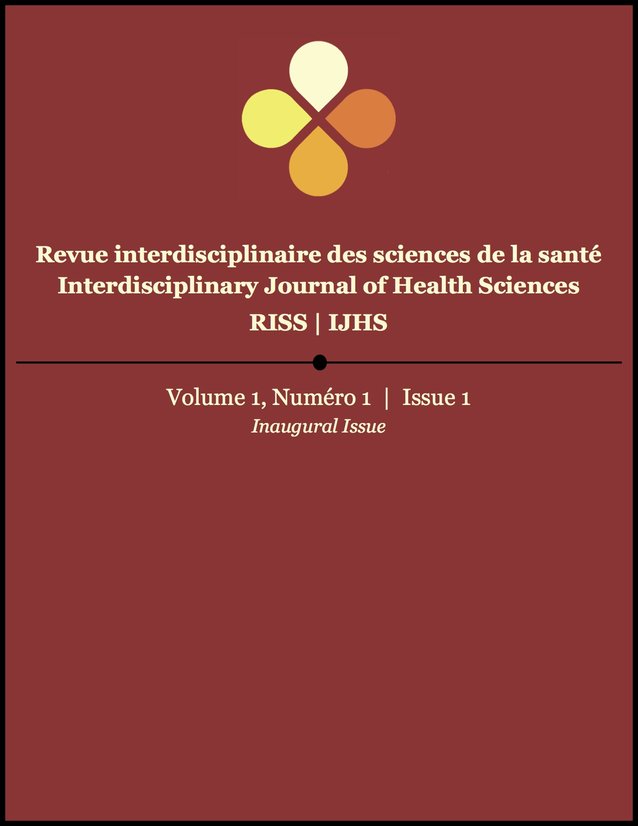Predisposition to Impulsivity and Risk-taking: Dopamine D4 Receptor (DRD4) Polymorphic Gene Linked to “Novelty Seeking” Personality Trait
DOI :
https://doi.org/10.18192/riss-ijhs.v1i1.1539Mots-clés :
Impulsivity, novelty-seeking, dopamine, DRD4, genetic polymorphismsRésumé
Genetic variation may play a significant role in the expression of complex personality and psychological traits. This article examines the relationship between heritable biological mechanisms and the psychological trait, impulsivity. In particular, dopamine is proposed to play a role in impulsive behaviours, and numerous studies have implicated functional polymorphisms of dopamine-related genes in impulsivity. This article reviews several studies concerning the role of dopamine receptor (DRD4) polymorphisms in the expression of an impulsivity sub-trait known as “novelty seeking”. Furthermore, this article focuses on recent approaches to the study of genetic variation, approaches to the measurement of novelty seeking, as well as other possible regulators of the trait in addition to genetics.
Références
Bailey, J., Breidenthal, S., Jorgensen, M., McCracken, J., & Fairbanks, L. (2007). The association of DRD4 and novelty seeking is found in a nonhuman primate model. Psychiatric Genetics, 17(1), 23-27. doi: 10.1097/ YPG.0b013e32801140f2
Benjamin, J., Li, L., Patterson, C., Greenberg, B., Murphy, D., & Hamer, D. (1996). Population and familial association between the D4 dopamine receptor gene and measures of Novelty Seeking. Nature Genetics, 12, 81-84. doi: 10.1038/ng0196-81
Bevins, R. (2001). Novelty Seeking and Reward: Implications for the study of high-risk behaviours. Current Directions in Psychological Science, 10(6), 189-193. doi: 10.1111/1467-8721.00146
Cloninger, C. (1986). A unified biosocial theory of personality and its role in the development of anxiety states. Psychiatric Development, 4(3), 167-226.
Cloninger, C. R., Przybeck, T. R., & Svrakic, D. M. (1991). The Tridimensional Personality Questionnaire: US normative data. Psychological Reports, 69(3 Pt 1), 1047-1057. doi: 10.2466/pr0.1991.69.3.1047
Costa, Jr. P., & McCrae, R. (1992). Revised NEO personality inventory manual. Psychological Assessment Resources.
Depue, R. A, & Collins, P. F. (1999). Neurobiology of the structure of personality: Dopamine facilitation of incentive motivation and extraversion. Behavioural and Brain Sciences, 22(3), 491-569. doi: 10.1017/S0140525X99002046
Dickman, S. (1993). Impulsivity and information processing, in The Impulsive Client: Theory, Research, and Treatment. American Psychological Association, 1, 151- 184. Retrieved from http://dx.doi.org/10.1037/10500-010
Ebstein, R., Novick, O., Umansky, R., Priel, B., Osher, Y., Blaine, D.,...Belmaker, R. H. (1996). Dopamine D4 receptor (DRD4) exon III polymorphism associated with the human personality trait of novelty seeking. Nature Genetics, 12, 78-80. doi: 10.1038/ng0196-78
Iverson, S., & Iverson, L. (2007). Dopamine: 50 years in perspective. Trends in Neurosciences, 30(5), 188-193. Retrieved from http://dx.doi.org/10.1016/j.tins.2007.03.002
Neve, K., Seamans, J., & Trantham-Davidson, H. (2004). Dopamine receptor signalling. Journal of Receptor and Signal Transduction Research, 24(3), 165-205. doi: 10.1081/RRS-200029981
Spanagel, R., & Weiss, F. (1999). The dopamine hypothesis of reward: past and current status. Trends in Neuroscience, 22(11), 521–527. Retrieved from http:// dx.doi.org/10.1016/S0166-2236(99)01447-2
Tschirren, B., & Bensch, S. (2010). Genetics of personalities: no simple answers for complex traits. Molecular Ecology, 19(4), 624-626. doi: 10.1111/j.1365- 294X.2009.04519.x.
Whiteside, S., & Lynam, D. (2000). The Five Factor Model and impulsivity: using a structural model of personality to understand impulsivity. Personality and Individual Differences, 30, 669-689. doi: 10.1016/S0191-8869(00)00064-7
Zuckerman, M., Kuhlman, D., Joireman, J., Teta, P., & Kraft, M. (1993). A comparison of three structural models of personality: the big three, the big five, and the alternative five. Journal of Personality and Social Psychology, 65 (4), 757-768. Retrieved from http://dx.doi.org/10.1037/0022-3514.65.4.757
Téléchargements
Publié-e
Numéro
Rubrique
Licence
- Tous les auteurs dont l’article est publié dans la RISS en conserveront les droits.
- Les auteurs accordent à la RISS le droit d’être la première à publier les articles qui lui sont soumis.
- Tous les articles publiés dans la RISS sont autorisés en vertu d’une licence Creative Commons Attribution à être circulé si les auteurs et la revue de la publication originale sont reconnus.
- La RISS est publiée en ligne et imprimée. La RISS n’est pas responsable de l’utilisation non autorisée du contenu publié sous forme électronique ou imprimée.
- La RISS retient les droits de distribution de tout le contenu.
- Les auteurs, et non la RISS, sont responsables d’avoir obtenu les permissions nécessaires concernant les travaux cités.


